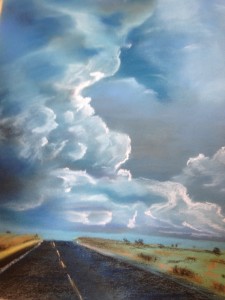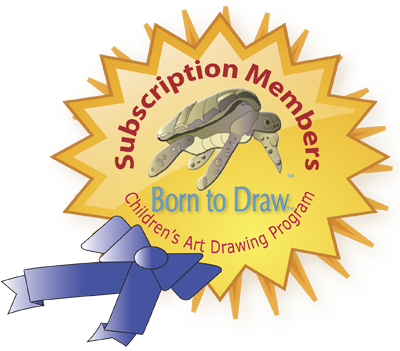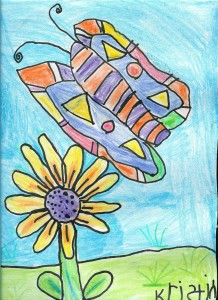Learn to Draw Soft Chalk Pastel Landscapes
Learn to Draw Soft Chalk Pastel Landscapes at the North Valley Senior Center Albuquerque, NM
Expand your creativity! Take art classes and learn skills that will be with you for a life-time. This art class covers color theory and painting techniques in soft chalk pastels. You learn about papers and various drawing techniques. Beginners welcomed. If you are experienced or have taken previous classes please bring your artwork to class to show me what you would like to work on for this session.
We use beginner Pastel Boxes if you have your own collection of soft pastel please bring them. e.g richeson etc
Pastels are pigments mixed with a binder. Traditionally chalk was used as a binder, but today other materials are also used. Pastels allow you to layer and blend vibrant colors to create a soft look. It is and has been a favorite medium of many well-known artists, including Manet, Degas and Renoir.
Here are some helpful steps that you will learn in this class as a beginner.
Choose your pastels.
- Buy a small set. You can buy kits that include dozens of colors; but for most projects, a set of 12 is sufficient. You can choose specific color themes, such as earth tones or shades of gray. Especially for landscape painting.
- Soft pastel sticks allow for better blending, while hard sticks are better for details. Pastels also come as pencils for making fine lines.
Use an appropriate paper or drawing surface.
- You need a paper with good “tooth,” or texture, that will grab the pigment and hold it. Most art supply stores sell paper designed for pastel drawing. You can also use charcoal paper, canvas or even fine sandpaper to draw on.
Gather stumps to use for blending and a kneaded rubber eraser to remove pigment.
- Stumps are cylinders made of layers of paper. Use them to do your blending instead of your finger so your hands will stay cleaner. As the stump gets dirty, peel off a layer of paper.
- Knead your eraser to make it pliable, then press it to your work to lift the pigment off. Clean the eraser by stretching and kneading. Never try to use your eraser to rub off the pigment.
Plan your drawing.
- Make a light sketch with a pencil or block with a hard pastel stick. You will be shown techniques that help you plan for a successful painting.
Work from dark to light.
- Start with the darkest color, filling in the parts of your drawing that are the darkest color.
- Then fill in all areas with the next darkest color and so on, layering and blending as you go.
Clear the pastel dust from your work frequently. Don’t blow the dust off because you will inhale some of it, which will irritate your airway. If you have a sensitive airway, wear a dust mask when using pastels.
- If you’re working on a horizontal surface, take your drawing outside to let the dust drop off.
- If you use an easel, the dust will naturally fall off onto the floor. This keeps your work clean, but you will have to clean your floor. Consider using a drop cloth under your easel.
Keep your hands clean. Use wet wipes frequently or wear gloves to keep the pigment from depositing on your hands. You can muddy the colors of your drawing if you don’t clean your hands, especially if you use your fingers to blend colors.
Clean off each pastel stick after you use it. Use a dry towel or paper towel to remove any other pigments it picked up from your drawing. You can also help keep your sticks clean by storing them with uncooked rice
Spray your drawing with a fixative when you’re done so the pigment doesn’t smear or fall off. Remember that fixative is toxic, so follow the instructions carefully when using it.
- You can also use fixative to separate layers of pigment. This allows you to start a new layer without the pigment blending with the one below.
- If you choose to transport your drawing before fixing it, or if you choose not to fix it, place it between acid-free, transparent sheets to protect it. Many artists choose not to use fixatives because it changes the colors of the work.
This class begins Tuesday 4:30 pm – 6:30 pm March 4 March 25 2014 the cost is $65.00
Details
| When: | Mar 4, 2014 to Mar 25, 2014 |
|---|---|
| Class Times: | 4:30 pm to 6:30 pm |
| Required Materials: | please see the Materials List » |
| Location: | N. Valley Senior Center |
| Cost: | 65.00 |
Payment Instructions
You can pay online through our website shop on PayPal with Credit Card or at the Front Desk at the Senior Center with a check.








